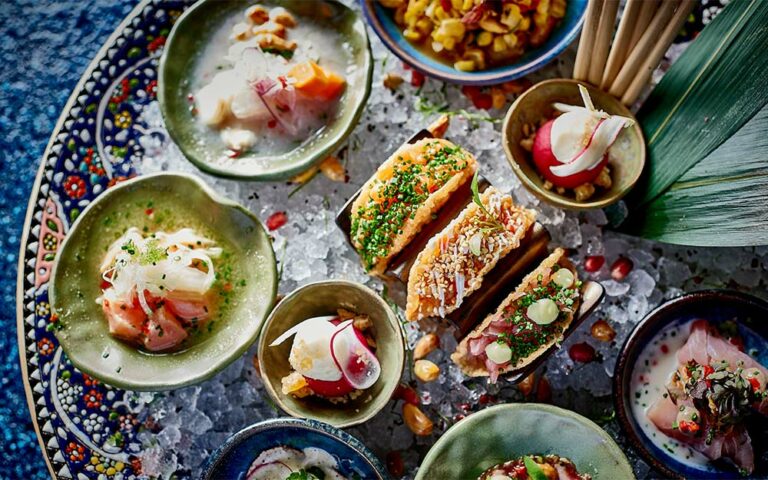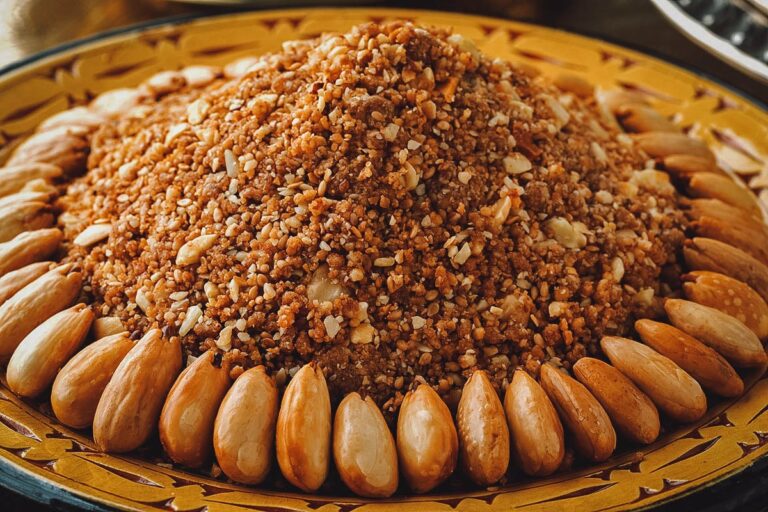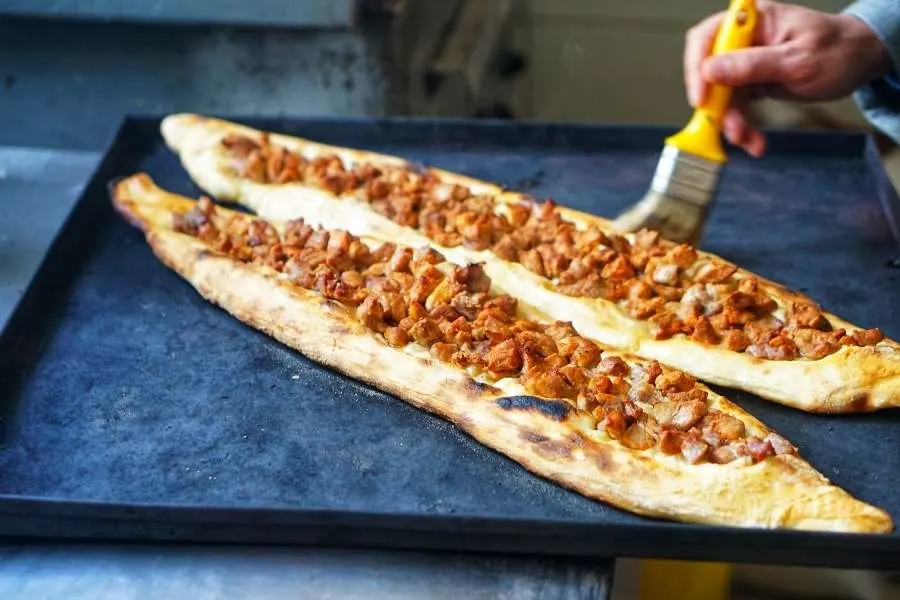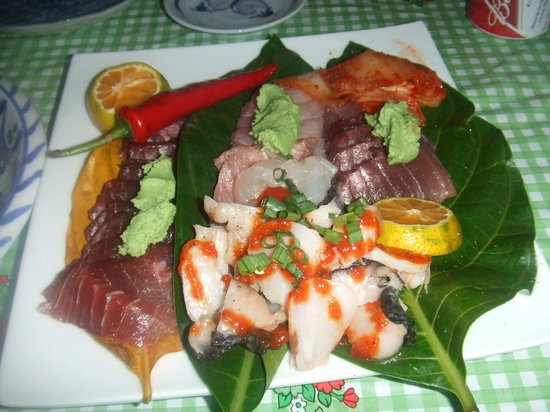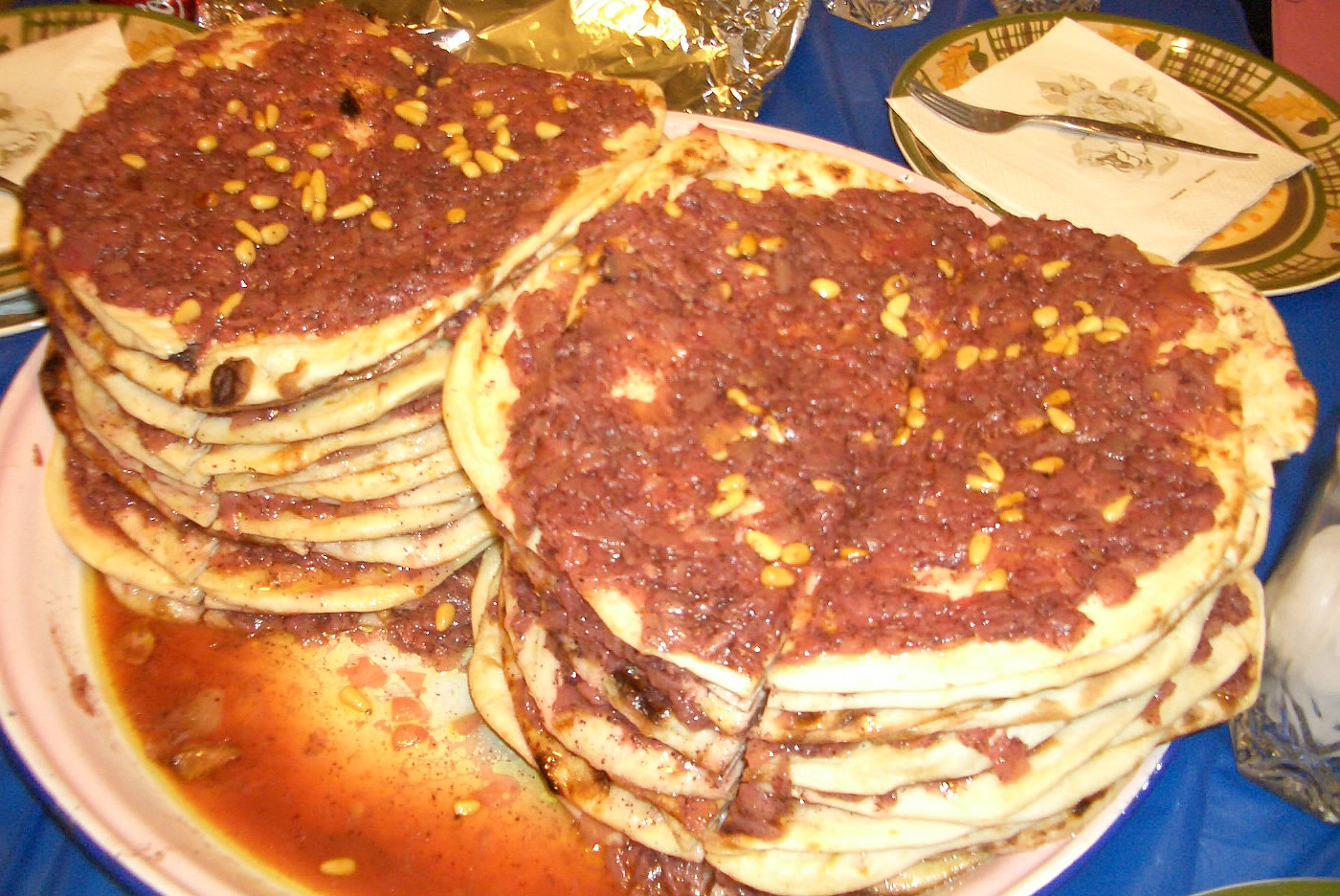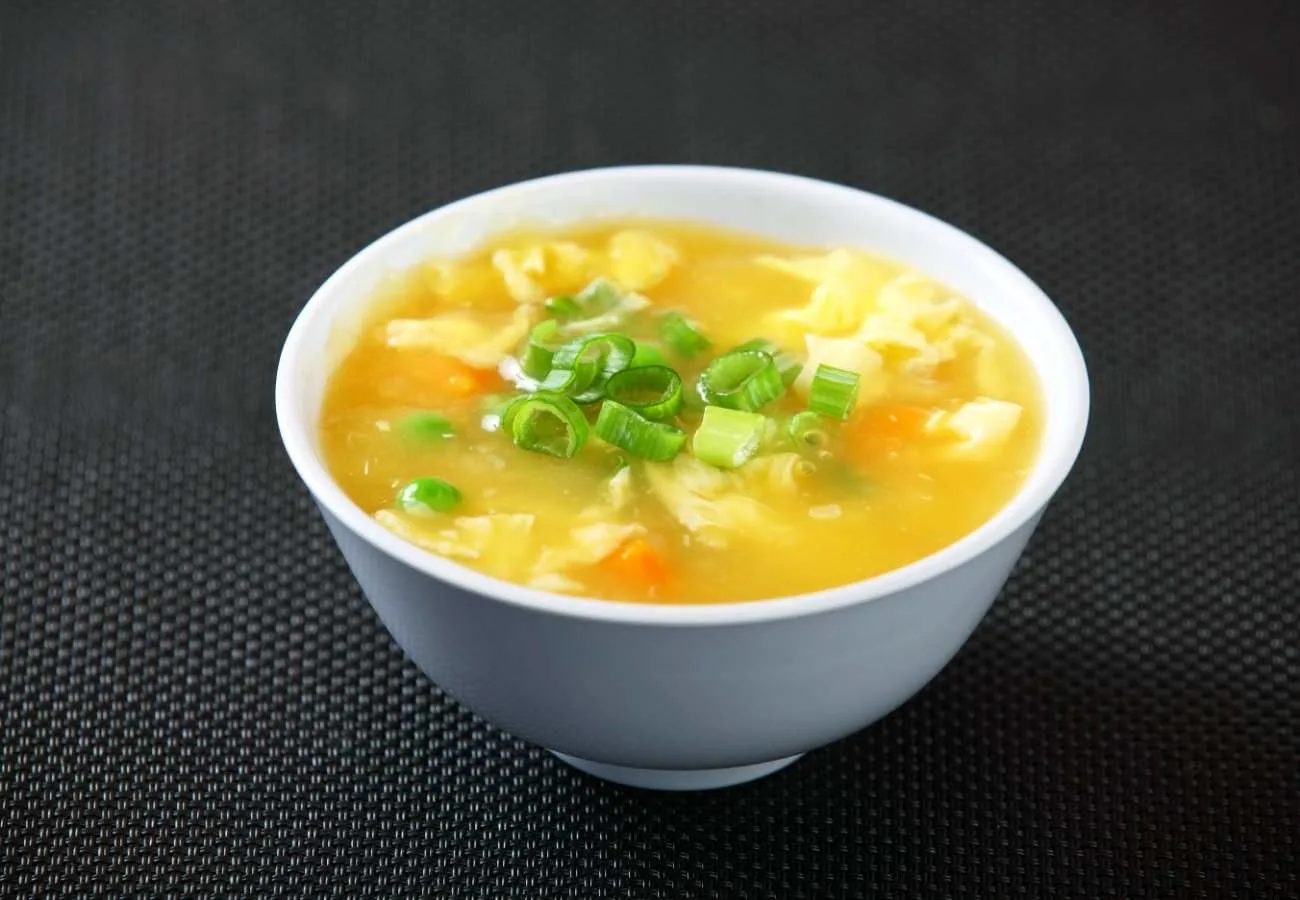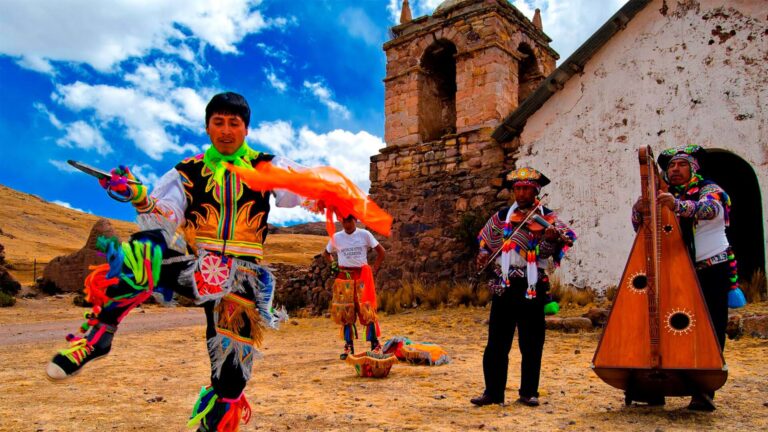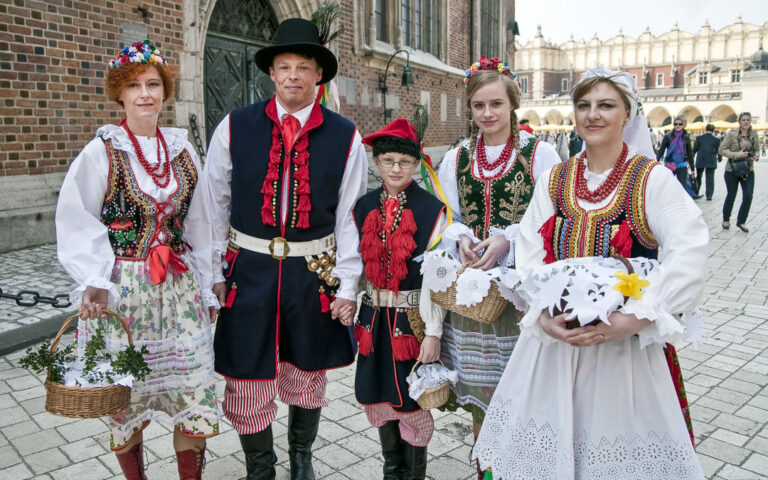Introduction: Understanding Monaco’s Culture and Religion
Monaco is a small, sovereign city-state situated on the French Riviera. It has a diverse population of over 38,000 people, with Italian, French and Monegasque being the most commonly spoken languages. Monaco is predominantly Roman Catholic, with over 90% of the population identifying as Catholic. However, due to its international and cosmopolitan nature, the city-state also has a significant Muslim and Jewish population.
Dietary Restrictions in Monaco: An Overview
When it comes to dietary restrictions, Monaco is generally quite accommodating. There are no specific cultural or religious dietary restrictions that are widely observed in Monaco. However, this does not mean that visitors should assume that all food is suitable for everyone. Many restaurants and food establishments in Monaco cater to specific dietary needs, such as vegetarianism and gluten-free diets, and it is always a good idea to check with the staff before ordering.
The Influence of Catholicism on Monaco’s Food Culture
Catholicism has had a significant impact on Monaco’s food culture. Many traditional dishes in Monaco are influenced by Catholicism, with dishes such as barbagiuan (a fried pastry filled with Swiss chard, spinach, and ricotta cheese) being a popular dish during Holy Week. Additionally, many restaurants in Monaco close on Sundays and during religious holidays such as Christmas and Easter.
The Impact of French Gastronomy on Monaco’s Cuisine
Monaco’s close proximity to France has also had a significant impact on its food culture. French cuisine is widely celebrated in Monaco, with many restaurants offering classic French dishes such as escargots and foie gras. However, this does not mean that Monaco does not have its own unique cuisine. Monegasque cuisine is a blend of Mediterranean and French influences, with dishes such as socca (a type of flatbread made from chickpea flour) and fougasse (a type of bread with olives and anchovies) being popular local specialties.
Muslim and Jewish Dietary Restrictions in Monaco
While there are no specific dietary restrictions that are widely observed in Monaco, visitors with specific religious dietary needs will be able to find suitable options. Many restaurants in Monaco offer halal and kosher options, and there are also several specialty food stores that cater to these needs.
Navigating Cultural and Religious Dietary Restrictions in Monaco
If you have specific dietary needs or requirements, it is always best to do some research before you travel to Monaco. Many restaurants in Monaco have online menus that show which dishes are suitable for vegetarians, halal, kosher, or gluten-free diets. It is also a good idea to ask the staff at the restaurant for recommendations and to let them know of any dietary restrictions you may have. Overall, Monaco is a cosmopolitan and diverse city-state that is generally accommodating of different dietary needs and requirements.

